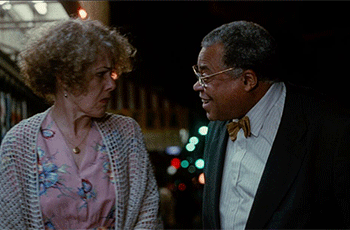
Martin Scorsese on His Latest Project: Educating Students About The Power of Film
Mara Reinstein 03/28/2018Growing up in a working-class family in the mean streets of New York City’s Little Italy neighborhood, Martin Scorsese admits he didn’t have access to books. He got his education about the world by going to the local cinema.
“I learned a lot about American ideals primarily from the movies,” Scorsese recalls. “Something like The Grapes of Wrath . . . that was an exploitation of labor done in an extraordinary way.”
Now the Oscar-winning director, 75, hopes to pass on the lessons to schools across America. Scorsese was on-hand on a grey afternoon in New York City on Tuesday, March 27 to help announce a new program for The Story of Movies, the first film study program created by filmmakers, film scholars and educators. The curriculum, free of charge, has been used across the U.S. by more than 100,000 teachers in every state since 2000. Explains Scorsese (on a panel with other historians and educators), “It’s absolutely crucial that young people learn how to sort the difference between art and commerce and the difference between a sequence of images that are individually crafted versus images that are mass-produced and used to grab your attention. . . Our hope is that this will inspire teachers and students to go deeper and deeper in engagement with history and politics. There is no difference between verbal and visual literacy.”
The new educational program, titled “Portraits of America: Democracy of Film” explores 38 films from 1917 (Charlie Chaplin’s The Immigrant) to 2006 (the Al Gore documentary, An Inconvenient Truth) that, he says, “expand the history of America and looks squarely at the struggles and violent disagreements and tragedies in our history and its false promises. The films also embody the best of America.” (The program is in conjuction with the American Federation of State, County and Municipal Employees and Scorsese’s Film Foundation.)
The curated curriculum is divided into eight “module” lesson plans, including “The Immigrant Experience,” “The American Laborer,” “Civil Rights,” “The Press” and “Soldiers and Patriots.” Two works from the famed director are on the list — 1993’s The Age of Innocence (“The American Woman”) and 2004’s The Aviator (“The Auteurs”). Each lesson includes a Teacher’s Guide, built-in PowerPoint presentation, reading selections such as reviews and editorial cartoons and supplemental DVD that includes various film clips.
The “Democracy on Film” theme was inevitable: “We’re in a time of division, conflict and anger in our culture.” Noting that he just watched the 1957 paranoia drama The Incredible Shrinking Man one night earlier on Turner Classic Movies, he added, “Movies actually reflect the culture that they come out of. No matter what the intended purpose, fake special effects or bad screen protection, images are records of the moments in time of which they were made.”
And if you want to watch one of the selections on a palm-sized screen, that’s OK too. Sort of. “I first watched Citizen Kane on the Million Dollar Movie on Channel 9! Ultimately, the language itself communicates,” he says. “But is it ideal conditions? Can you still retain that information when a film was made to be seen in a certain way and you needed to make the commitment and sit there for two hours? The idea is to see it in a proper context.”
Parade